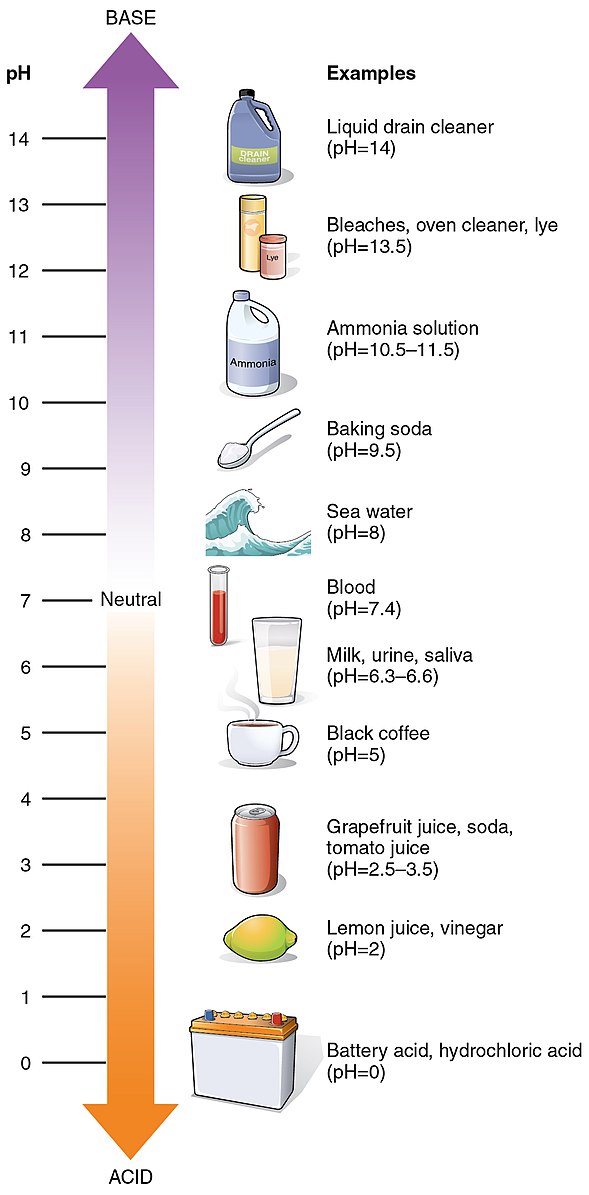Structured water typically has a pH level around 8 or 9, making it slightly alkaline. This is due to the presence of key minerals like calcium, potassium, sodium, and magnesium, which are sometimes added to alkaline water. The pH level of structured water can be influenced by various factors, including the treatment process and the presence of contaminants.
Understanding the pH of Structured Water
The pH (potential of hydrogen) scale measures the acidity or alkalinity of a substance, ranging from 0 to 14. A pH value of 7 is considered neutral, while values below 7 are acidic, and values above 7 are alkaline or basic.
Structured water, also known as hexagonal water or clustered water, is water that has been subjected to various treatments or processes to alter its molecular structure. These treatments can include vortexing, exposure to electromagnetic fields, or natural methods like sunlight and heat.
The pH of structured water is typically in the range of 8 to 9, making it slightly alkaline. This is due to the presence of key minerals like calcium, potassium, sodium, and magnesium, which are sometimes added to the water during the structuring process.
Factors Influencing the pH of Structured Water
 Image source: OpenStax College
Image source: OpenStax College
The pH of structured water can be influenced by several factors, including:
-
Treatment Process: The specific methods used to structure the water can impact the pH level. For example, the addition of minerals or the use of certain devices may result in a more alkaline pH.
-
Contaminants: Structured water may still contain impurities, depending on the source and the treatment methods used. These contaminants can affect the pH level of the water.
-
Mineral Content: The presence and concentration of minerals like calcium, potassium, sodium, and magnesium can contribute to the alkalinity of structured water.
-
Gases: The presence of dissolved gases, such as carbon dioxide, can also influence the pH of structured water.
Balancing the pH of Structured Water
To balance the pH level of structured water, you can add natural acidic substances like lemon juice or apple cider vinegar. These substances can help lower the pH level and create a more balanced water.
However, it’s important to note that the pH level of water can also be influenced by other factors, such as the presence of minerals and gases. Therefore, it’s essential to test the water regularly to ensure it’s within a healthy pH range.
Structured Water at Home
There are several ways to structure water at home, such as using a vortexing device or exposing it to natural heat and energy, like sunlight. These methods can help replicate what happens in nature and create a hexagonal structure in the water.
However, it’s important to note that there’s still limited scientific evidence to support the health benefits of structured water, and more research is needed to confirm its effects on the human body.
Conclusion
In summary, structured water typically has a pH level around 8 or 9, making it slightly alkaline. This is due to the presence of key minerals like calcium, potassium, sodium, and magnesium, which are sometimes added to the water during the structuring process.
The pH of structured water can be influenced by various factors, including the treatment process, the presence of contaminants, the mineral content, and the presence of gases. To balance the pH level, you can add natural acidic substances like lemon juice or apple cider vinegar.
While there are several ways to structure water at home, more research is needed to confirm the health benefits of structured water. It’s essential to ensure that the water source is clean and safe before structuring it, and to test the water regularly to maintain a healthy pH balance.
References:
- Dr. Axe. (n.d.). Structured Water: Definition, Benefits, Research and More. Retrieved from https://draxe.com/nutrition/structured-water/
- Oxford Academic. (2021). Structured water: effects on animals. Retrieved from https://academic.oup.com/jas/article/99/5/skab063/6152506
- Healthline. (2021). Structured Water: Definition, Benefits, Research, and More. Retrieved from https://www.healthline.com/health/structured-water
- The Berkey. (n.d.). What is structured water h302 and its benefits? Is it Legit or a Hoax? Retrieved from https://theberkey.com/blogs/water-filter/what-is-structured-water-h302-and-its-benefits-is-it-legit-or-a-hoax
